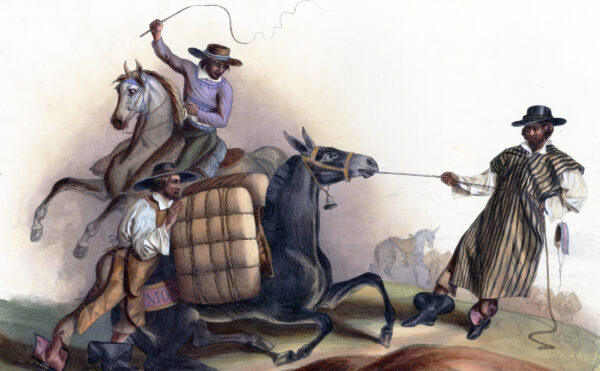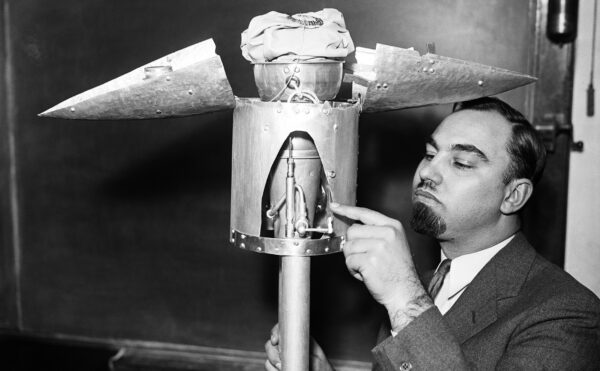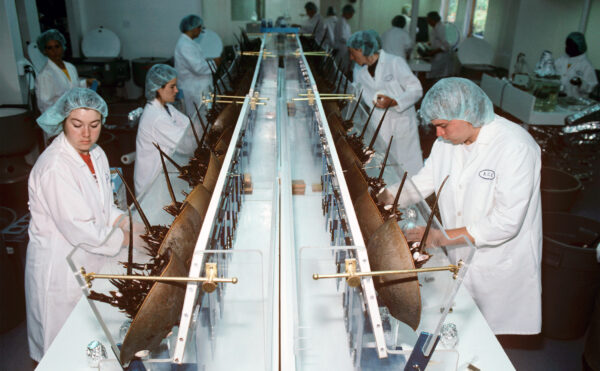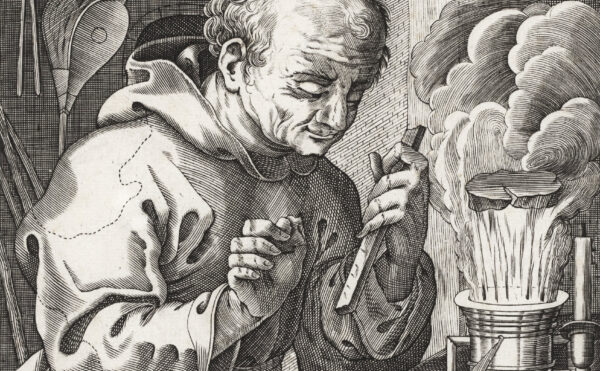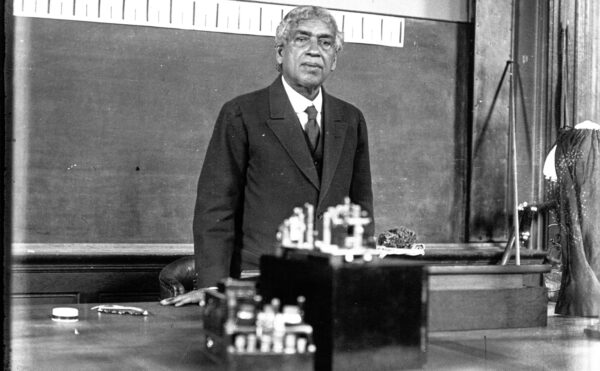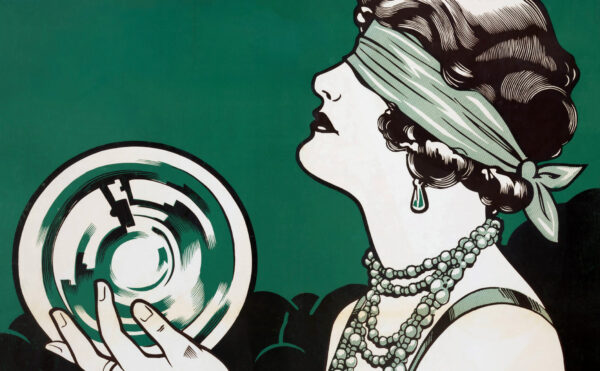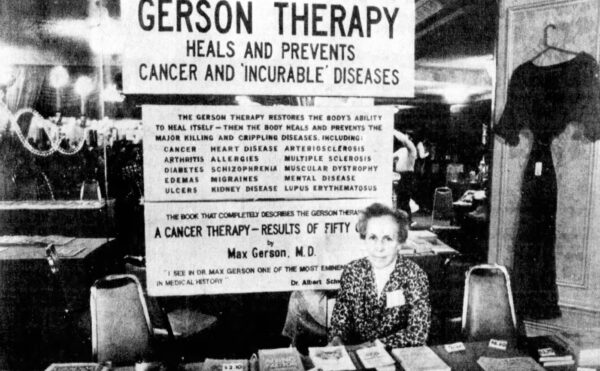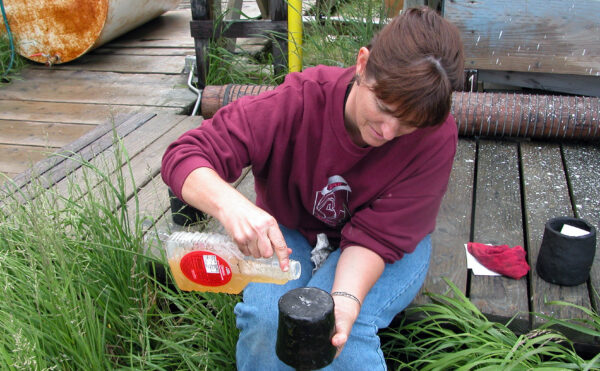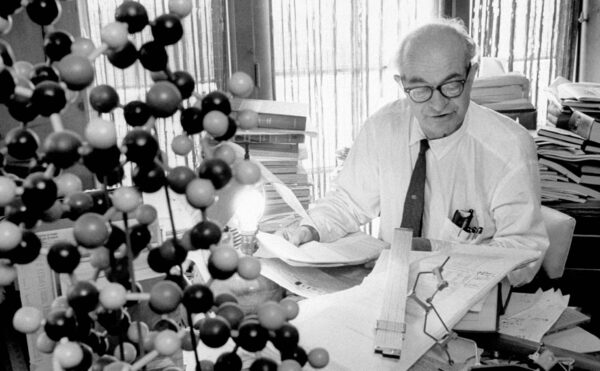Distillations magazine
Red the World Over
How a tiny cactus parasite called cochineal became one of the Spanish Empire’s most lucrative commodities.
Distillations articles reveal science’s powerful influence on our lives, past and present.
Good Living
Does nature have rights? In 2008, Ecuador said yes. Doing so forced a reckoning with the country’s mining past.
Madame Microwave
Meet Jehane Benoît, Canada’s grande dame of culinary nationalism.
Politically Charged
How shady car battery additive AD‑X2 sparked a showdown between the U.S. political and scientific establishments.
Mule Power
Unpacking empires and diaspora in Mexico and the United States.
Mulas de fuerza
Desempacando imperios y diáspora en México y Estados Unidos.
Ed Pendray and the Science of Tomorrow
A PR man’s pitch for science.
Something Old, Something New
Humans owe a huge medical debt to horseshoe crabs. Now there’s an opportunity to pay it back.
Holy Smoke
The monks, nuns, and friars at the forefront of alchemy in early modern Europe.
The Thinking Plant’s Man
Jagadish Chandra Bose and the contentious search for plant intelligence.
Disorderly Persons
What are laws against fortune-telling really meant to do?
Gerson’s Magic Bullet
Why have so many rejected established cancer therapies for juice cocktails and coffee enemas?
The Ingenious Arctic Cooking Pot
Rediscovering the clever chemistry behind a ceramic tradition that had all but vanished.
The Trials of Lavoisier
Tracking the Reign of Terror through a revolutionary chemistry journal.
Linus Pauling’s Vitamin C Crusade
The path to a dubious cure.
Under Pressure
Walthère Spring and the legacy of a contentious life.
Hatching a Legend
Audubon and the Bird of Washington.
Sesame Plots
Diaspora in twenty-one openings.
Datos ‘proxy’ que hagan justicia
La historia climática de las regiones tropicales ha sido crónicamente poco estudiada. Corregir el rumbo exigirá nuevos métodos y puntos de vista.




